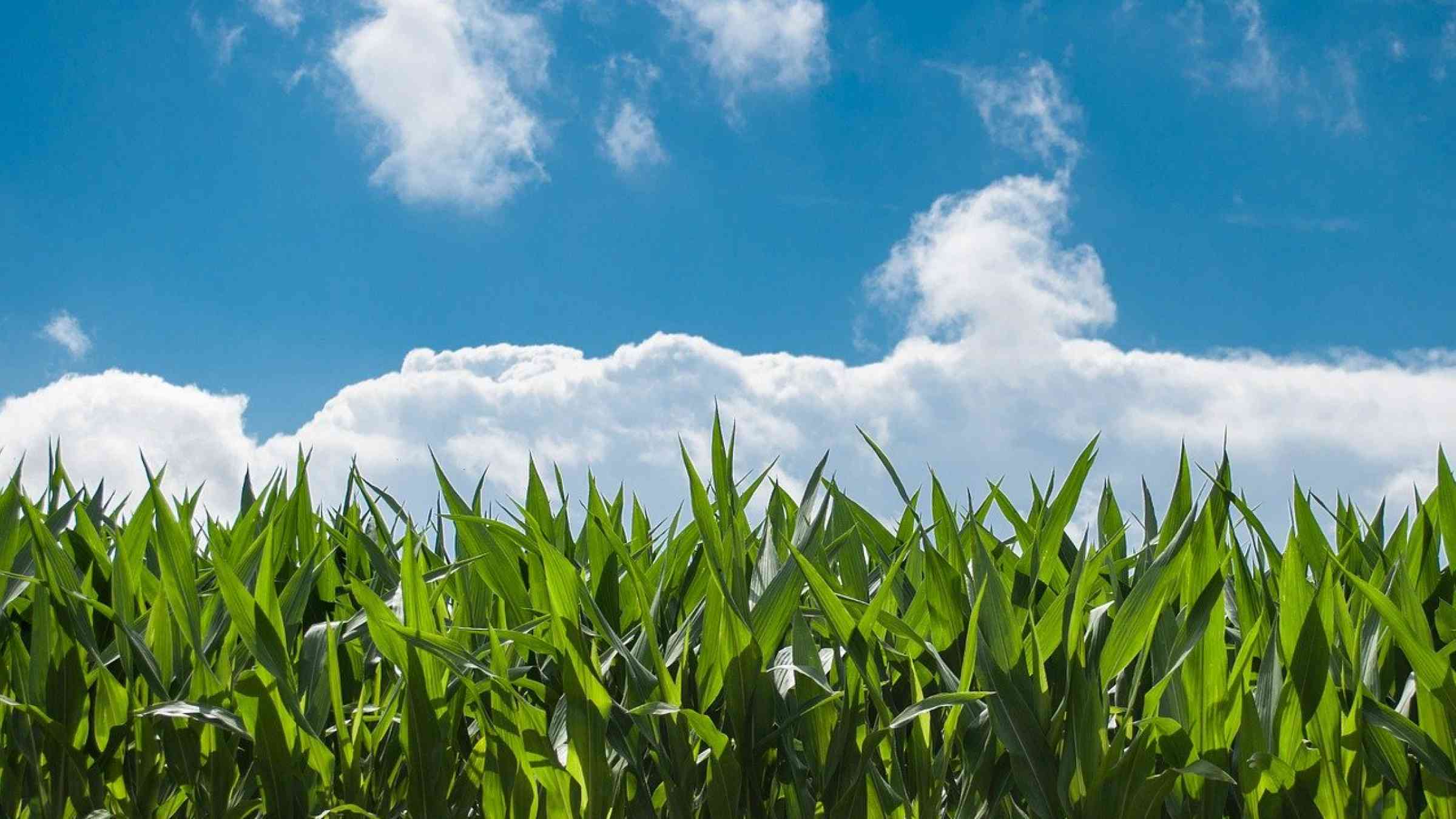Climate information and family farming: stories from three Climate-Smart Villages in Latin America

Family agriculture has the potential to promote the environmental sustainability of agricultural systems, preserve seeds and genetic resources and is key to the reactivation of the rural economies of Latin America and the Caribbean. However, family farming in the region is highly dependent on a favorable climate and is therefore vulnerable to climate variability and change.
Changes in the climate have direct effects on the decisions of farming families, who are faced not only with an intensification of normal weather conditions but also with an intensification of the frequency and magnitude of extreme variations.
With the objective of facilitating informed decision making and planning in production systems within a context of climate vulnerability, the Participatory Integrated Climate Services for Agriculture (PICSA) approach is presented as a tool for producers to make informed decisions based on accurate, site-specific meteorological and climatic information and information about location-relevant crops and alternative livestock species and livelihood activities, using participatory tools. Below you can read more about our experiences with implementing these participatory climate services in the Climate-Smart Villages of Olopa, Santa Rita and Cauca.
The approach has been implemented in the framework of the Agroclimates Phase II and the Climate-Smart Village (CSV) project, and with the support of local partners, interventions using the PICSA approach have been carried out in the CSVs of Olopa (Guatemala), Santa Rita (Honduras) and Cauca (Colombia).
Climate information to implement climate-smart practices in Olopa
I have learned a lot about climate, PICSA is a tool that is implemented at various levels and is very important for everyone. We are very happy to be able to share with the producers all the concepts and everything related to climate and to be able to contribute in some way to community development," Claudia Lopez, technical assitence of the Ch'orti Regional Campesino Association.
In 2014, the CSV approach was implemented in Olopa, to address the climatic conditions that affect agricultural production systems such as coffee, corn, and beans, and reduce the economic and food security impacts. Interventions have been carried out within 5 communities: La Prensa, Valle Nuevo, Nochán, Tituque (Caserio Tishmuntique), and Tuticopote Centro. In 2019, methodologies such as PICSA started to be implemented to empower local leaders and institutions, and ensure the sustainability of the CSV. In addition to the PICSA methodology, seasonal forecasts and recommendations provided by the Local Technical Agro-climatic Committees (MTAs, by its acronym in Spanish) of Chiquimula are shared and analyzed on an ongoing basis.
Aside from a better understanding of agroclimatic information and how it can be used to manage their crops, farmers also find climate-smart agriculture (CSA) practices to be more resilient to climatic conditions. Among the practices prioritized and implemented by them are:
- the creation of reservoirs and rainwater harvesting systems (123 households);
- physical adaptations of the land used for farming such as terracing, home gardens with plastic cover, conservation tillage and contour trenches (95 households);
- the adaptation of windbreak systems such as live barriers, dead barriers and windbreaks (60 households);
- and other practices such as the introduction of seeds resistant to water stress (28 households), organic fertilizers (125 households) and the adaptation of fish farming systems (14 households).
Crop management with climatic information in Santa Rita
This has been excellent because we have learned about the climate and coffee, we have also learned about the drought problems and the phenomenon of El Niño and La Niña and some practices that we have carried out, we started to make stone barriers and we are no longer wasting stones or land, we are starting gardening and for vegetables we see how things can be improved," said Gloria Chaco, a farmer from the community of La Casita.
Between 2016 and 2018, the PICSA methodology was implemented as a tool to transfer climate information, and some CSA practices were promoted and implemented in the Commonwealth of municipalities of Copán, Santa Rita, Cabañas, and San Jerónimo. With the support of CASM, the use of the PICSA methodology was strengthened and extended in the communities of Tierra Fría, La Casita, Aldea Nueva, and Queseras. Through PICSA, a better understanding of the importance of access to climate information and its use for crop planning and management was achieved.
Producers have identified threats, opportunities, and advantages of climatic conditions on their production systems and the need to implement CSA practices. Practices prioritized and implemented based on these analyses were water harvesting, water harvesting gardens, water reservoirs, fish farming systems, organic fertilizers, living barriers, terrace planting, shade management and sanitary pruning, and biofortified bean farming.
Among the results of CSA practices, most farmers perceived an increase in agricultural production (between 45% and 88%), generation of additional income (between 67% and 100%), improved access to food (between 89% and 100%), increased food diversity and reduced vulnerability of production systems to the climate.
Improving the livelihoods of farmers in Cauca
PICSA was also implemented in 2017 with 30 families in the villages of Danubio and Las Mercedes in the department of Cauca. The objective of applying the methodology was to complement the pre-farm planning at the CSV for rural producers to better understand climate variability that can negatively affect their livelihoods, or represent potential opportunities, through available and understandable climate and meteorological information.
Among the CSA practices prioritized and implemented here are water reservoirs, rainwater harvesting, irrigated vegetable gardens, “camandula” pumps, electric fences, selection of new bean varieties, among many others.
More than anything, we have learned how to adapt to climate change, how to be more productive on our farms depending on the weather analysis, the forecasts, so we have done activities and training, we have already learned how to handle it, depending on the forecasts we already know what to do or what to decide on our farms," said Alex Burbano, farmer from CSV Cauca.